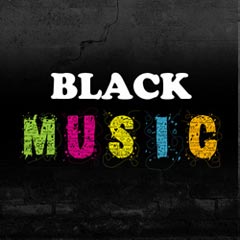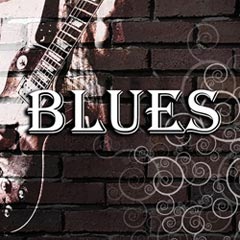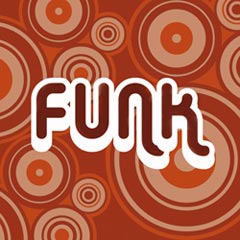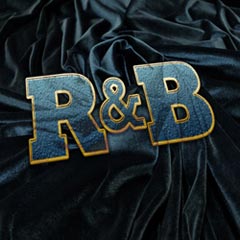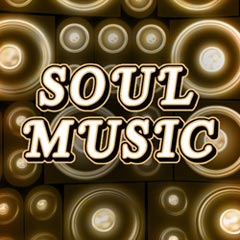30s
The back of the salons. From jitterbugging and lindy hopping of the 1930s to jive, swing, and boogie woogie of the same decade, music of the '30s was a vibrant era full of soulful melodies. Born from blues pioneers such as Bessie Smith and Ethel Waters, musicians took jazz tunes to a new level with up?tempo rhythms and intricate harmonic progressions for the growing audience to enjoy. Stride piano players like Fats Waller, Williams Basie, Art Tatum ushered in an original genre of toe?tapping numbers bringing a blend of modern influences from Europe with darker traditional African?American stories. Music during this exciting period provided harmony among people during war economics and societal struggles while they hit the dance floor with memorable exuberance.
Dancing Back in Time: Exploring the Salons of 1930s Music
The 1930s was a decade of vibrant music and soulful melodies that provided a backdrop for people's struggles during war economics and societal issues. Countless musicians took jazz tunes to new heights and brought a blend of modern influences from Europe with darker traditional African-American stories. This remarkable era brought with it jitterbugging, lindy hopping, jive, swing, and boogie woogie music which transported people to a different time with memorable exuberance. In this blog, we delve into the back of the salons where this music was played and where people danced and celebrated with harmony and joy.
The 1930s saw the rise of stride piano players like Fats Waller, Williams Basie, and Art Tatum, who ushered in an original genre of toe-tapping numbers. They brought a new style of music that was popular among the African-American audience but also reached a broader audience. Stride piano was a way of mixing classical styles of Europe with modern African-American styles to create an upbeat rhythm. It was the precursor to modern jazz, and its impact can be seen in modern music today.
Women such as Bessie Smith and Ethel Waters paved the way for other female musicians during this era. Smith, who was a blues pioneer, recorded over 200 songs in her career, and her contribution to the music of the '30s is undeniable. Ethel Waters was another iconic figure that used her voice to express her experiences as a woman and people of color. Her iconic song, Stormy Weather, remains a classic to this day.
The music of the '30s was more than just entertainment; it was a way for people to come together. In an era marked by global conflicts, economic crises, and social issues, music brought people together and helped them find joy even in their struggles. It was a time when dancing was a common form of socializing and expressing oneself. The dance styles of the 1930s, such as the jitterbug and lindy hop, are still practiced to this day, reflecting the enduring appeal of this exciting era.
The music of the 1930s had a lasting impact on popular culture due to its wide-ranging influence on the development of jazz, blues, and even rock and roll. This genre of music brought with it the contributions of various artists who went on to become legends in their right. Just like Fats Waller, Williams Basie, and Art Tatum, musicians like Duke Ellington, Ella Fitzgerald, Count Basie, and Louis Armstrong were part of this revolutionary era. These musicians' work created timeless music that is still listened to by millions today.
The music of the 1930s is a testament to the power of art and music to inspire and unite people. The songs and dance styles created during this era continue to influence music today and remain etched in history. Although this music was born out of struggle and hardship, it provided an escape and joy to people who endured the tough times of the era. It is a tribute to the resilience of humanity. Listening to this music allows a person to travel back in time and recapture the exuberance and soulfulness of the '30s. So, put on your dancing shoes and step into the past as you explore the salons of 1930s music.

